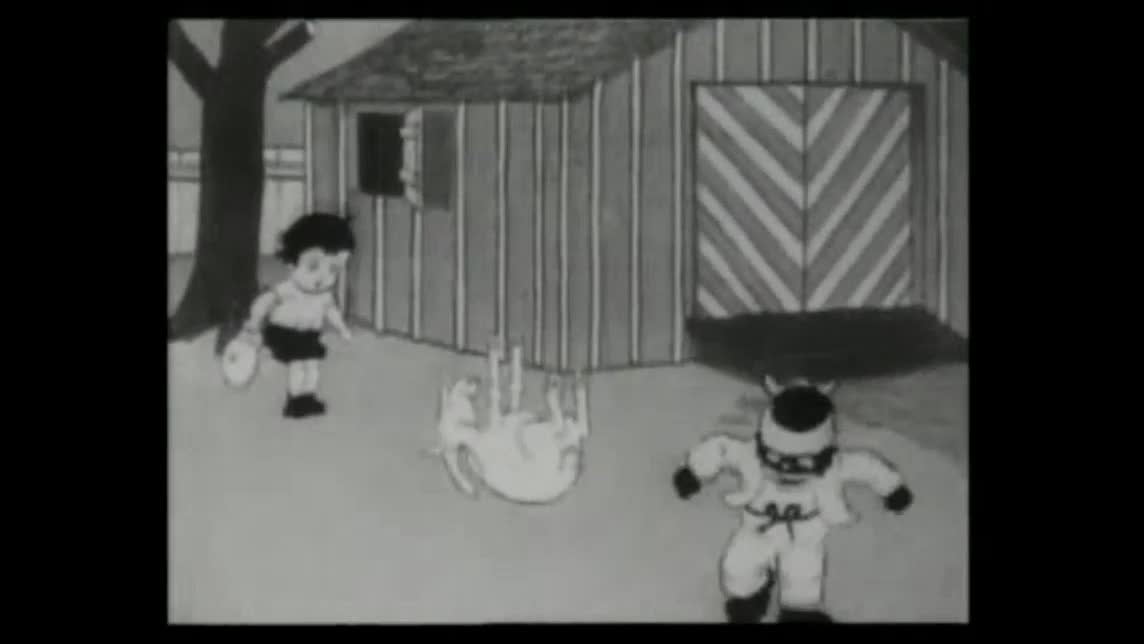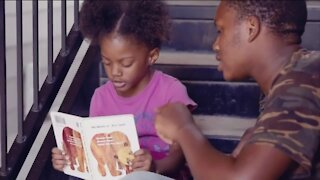Premium Only Content

Early Perspectives on Inter Racial Relationships Among Children c. 1916 : Two kids join a lodge
Bobby Bumps was the titular character of a series of American silent animated short subjects produced by Bray Productions from 1915–25. Inspired by R. F. Outcault's Buster Brown, Bobby Bumps was a little boy who, accompanied by his dog Fido, regularly found himself in and out of mischief. Each cartoon begins with a cartoonist's hand drawing Bobby, Fido and the backgrounds.
The first two cartoons were released in 1915 by Universal; the next few years' titles were released by Paramount Pictures as part of their Paramount Bray Pictograph and, later, Paramount Magazine short-subjects packages. Mid-1920s episodes were released by Educational Pictures.
The series was created by Earl Hurd, who directed and/or animated most of the films. The Bobby Bumps cartoons were the first to be produced using the cel animation process. Previously, animated cartoons were produced using paper animation: a new drawing was made for each frame of film. With cel animation, Bray drew his characters on clear sheets of celluloid, which he placed over still backgrounds during the photography process. Cel animation revolutionized the animation industry, and Hurd and his employer J.R. Bray held a patent for the process (and received licensing payments from all studios using the process) until 1932.
-
 1:18
1:18
WFTS
4 years agoPediatrician and parents weigh in on quarantine among children
81 -
 2:02
2:02
KSHB
4 years agoDrop in vaccination rates among children
1431 -
 3:03
3:03
WTMJMilwaukee
4 years agoBridging the racial education divide through free early childhood education
22 -
 3:05
3:05
WXYZ
4 years agoAsk Dr. Nandi: COVID-19 on the rise among Michigan children
9 -
 2:35
2:35
WTMJMilwaukee
4 years agoIncreasing racial diversity among nonprofit leadership starts with achieving financial literacy
29 -
 2:41
2:41
WTMJMilwaukee
4 years agoRacial disparities highlighted during first day of early voting
7 -
 1:09
1:09
KMTV
4 years agoStudies suggest racial disparity among prostate cancer patients
11 -
 2:45
2:45
SandysSkillz
4 years agoHarry Horse, children stories, Early Readers. farm horse,//animalsstories//bedtimestories,
39 -
 1:41
1:41
WPTV
5 years agoPositive COVID19 tests reported among migrant children
24 -
 1:41
1:41
WPTV
5 years agoPositive COVID-19 tests reported among migrant children
11